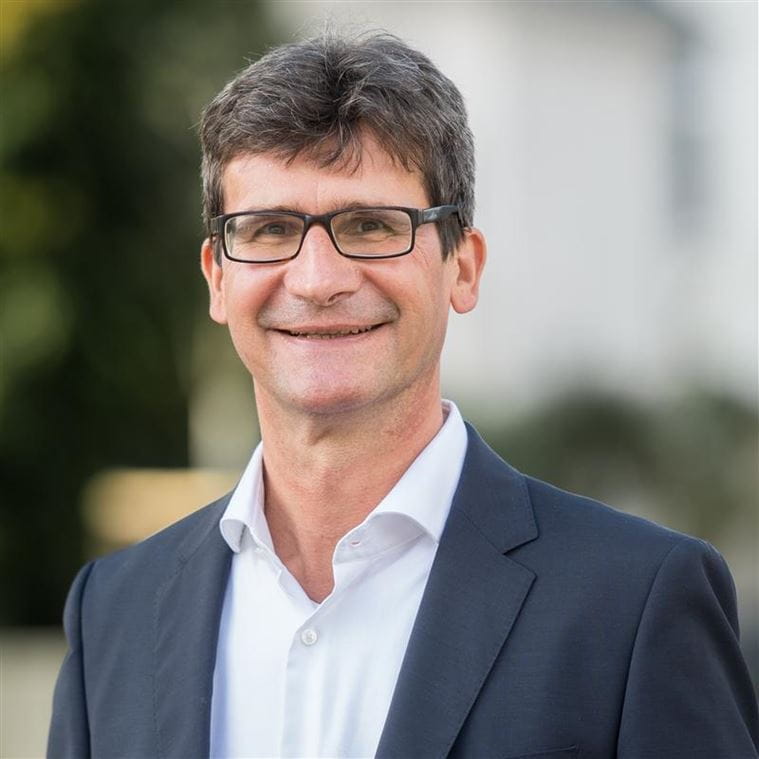Ground freezing for the Grand Paris Express
Challenging ground conditions and limited space in metropolitan Paris demanded to apply ground freezing technique instead of conventional approaches (e.g. soil mixing and jet grounding) for stabilisation and sealing works. Thus, ground freezing was used at train station „Vert de Maisons“ for a vaulted ceiling construction needed for the excavation of a mezzanine tunnel, and for the construction of a 75 meter long and frozen bottom plate to stabilize the ground. A total of around 150 freezing boreholes at individual lengths of 8-78m, and accumulating to a total of 4,500 meters were produced. In the overall project, other applications were the construction of a connecting tunnel from the metro to a mine shaft, and creating underground links between a railway station and other buildings.
Between 2015 and 2021, CDM Smith was contracted by several construction firms and planning agencies for laboratory testings of frozen soils, and for consulting services. In addition to soil-mechanical categorization tests, mineralogical trials and chemical analyses (salinity) we also did uniaxial and triaxial compression and creep tests at various temperatures on undisturbed drill core samples as well as on artificially reprocessed soil samples. As ground freezing was applied in close proximity to existing underground constructions and overground infrastructure and buildings, frost heave and frost pressure tests were necessary to evaluate the impact of those freezing measures on existing structures.
Based on our laboratory results we were able to derive static and thermotechnical parameters for various formations. These were the basis for the static assessment of the frost body and the thermotechnical evaluation to determine the frost body’s chronological development and the required energy. In the course of the freezing measures‘ planning phase, CDM Smith advised different contractors regarding design and selection of the appropriate freezing technique.

Working as a team, variation in the job and challenging tasks is what inspires me.
